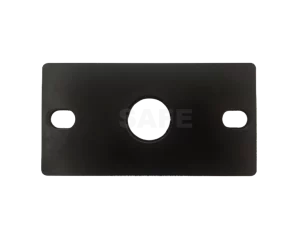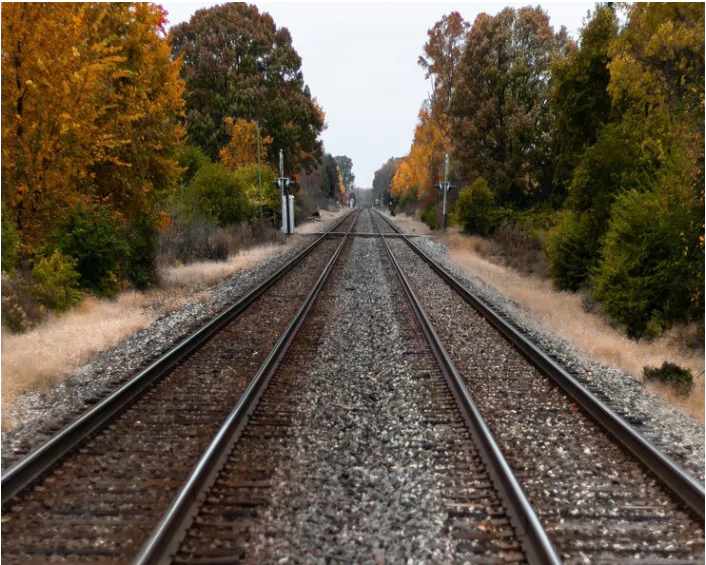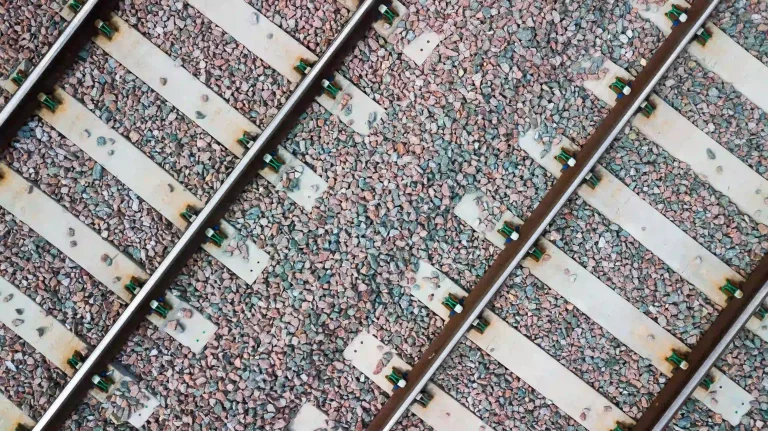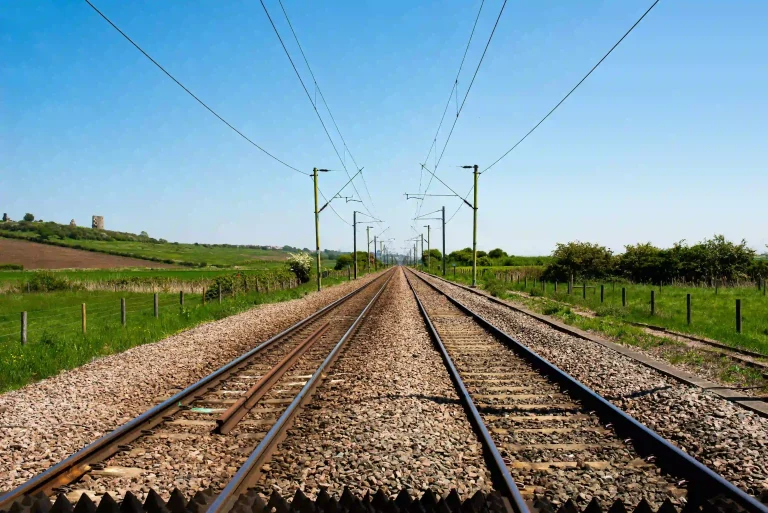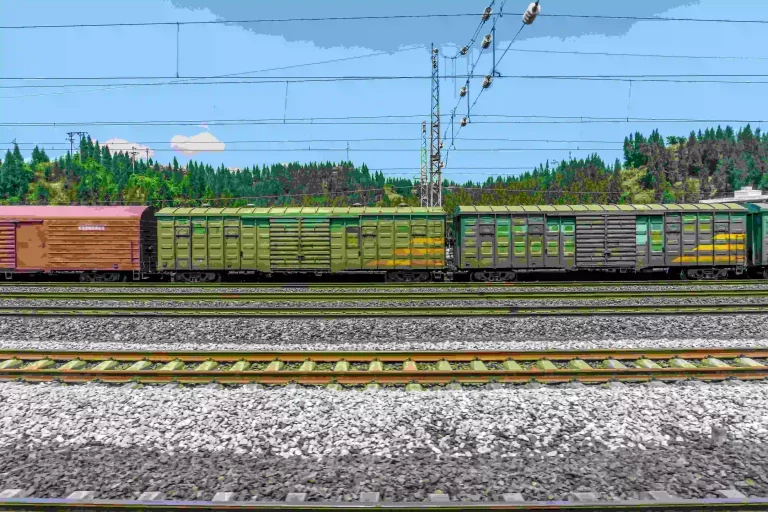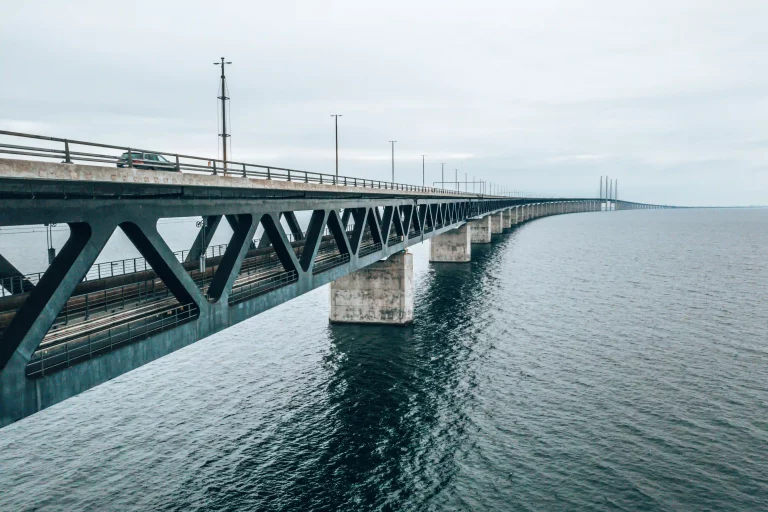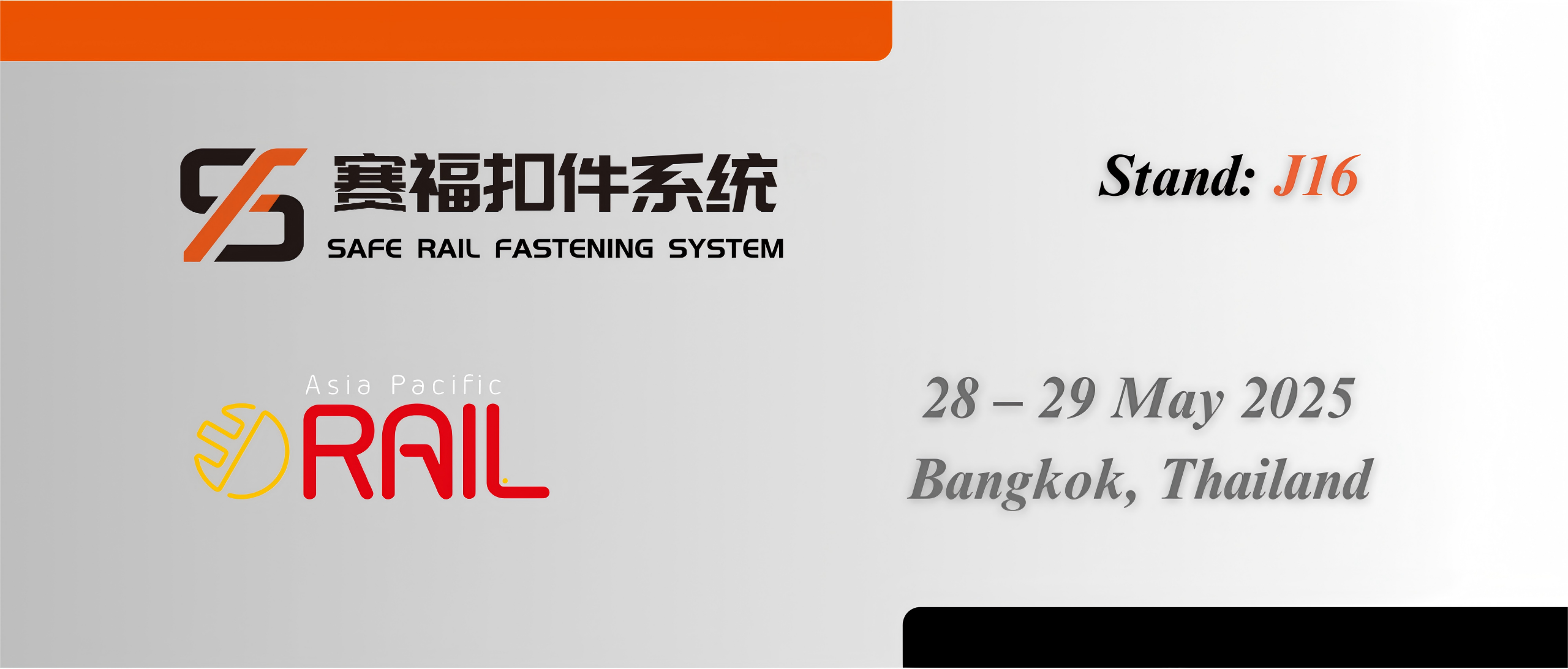Learn about the benefits of resilient tie pads in railway systems, including enhanced durability, vibration and noise reduction, and environmental sustainability. Explore the compatibility of tie pads with SAFE’s advanced solutions for cost efficiency and improved performance. Discover future prospects and technological advances in tie pad design, as well as strategic recommendations for seamless implementation. Elevate your railway infrastructure with resilient tie pads and SAFE’s specialized products for long-lasting performance and reduced maintenance costs.
Benefits of Resilient Tie Pads in Railway Systems
Enhanced Durability and Longevity
Integrating tie pads into railway systems greatly enhances the strength and lifespan of the infrastructure in a manner. These pads are specifically engineered to resist tears and punctures to ensure they retain their integrity over time. This improved robustness diminishes the necessity, for replacements. Ultimately results in reduced maintenance expenses. Opting for tie pads signifies an investment in a solution that offers enduring stability and dependability, for railway tracks.
Vibration and Noise Reduction
Resilient tie pads play a role, in minimizing vibrations and noise in railway systems by absorbing the tremors generated by passing trains to provide a quieter and more comfortable travel experience, for passengers, and nearby communities benefit from decreased noise pollution when these pads are utilized that promotes an environmentally friendly transportation setting.
Environmental Impact and Sustainability
Resilient tie pads are a choice, for railway solutions as they have a positive impact environmentally by being made from recycled materials and lasting longer to reduce resource consumption through less frequent replacements when integrated into your railway system.
Integration with SAFE Products for Optimal Performance
Compatibility with Existing Systems
Resilient rail pads are crafted to blend in with railway setups without the need, for major alterations. This adaptability guarantees that enhancements can be implemented smoothly and swiftly to reduce downtime and service interruptions.SAFE provides items that work well with rail pads to improve their efficiency and maintain seamless operations throughout the system.
Performance Enhancements through SAFE Solutions
Utilizing the cutting-edge solutions offered by SAFE technology companies, like Snap Ties and Coil Ties in conjunction with tie pads for your railway system maintenance needs can significantly boost the efficiency of your tie pads’ performance and durability, in challenging conditions.
Cost Efficiency and Economic Benefits
Investment, in tie pads along with the products offered by SAFE, leads to savings in the long run. Decreased requirements for repairs bring down maintenance costs while the prolonged lifespan of parts cuts replacement expenses. Moreover the enhanced efficiency of railway operations not improves service reliability. Also reduces operational disturbances, resulting, in economic gains.
In summary, opting for tie pads for your train tracks not only boosts longevity and decreases noise but also promotes eco-friendly methods. When paired with SAFEs items these advantages are optimized, providing an option that guarantees top-notch performance over time, in present-day railroads.
Future Prospects of Resilient Tie Pads in Railways
Innovations and Technological Advances
The outlook, for tie pads looks bright as continuous advancements and technological progressions are expected to enhance their performance in the future. The focus of these advancements lies in enhancing the makeup to boost longevity and resilience against impact. Improved materials will provide durability against wear and tear challenges faced by today’s railway systems. Moreover the progress, in manufacturing methods is geared towards streamlining production processes for cost efficiency while upholding top-notch quality standards.
Global Trends in Railway Sustainability
Across the trace, sustainability is increasing in significance. The adoption of resilient tie pads is the result of this trend as they play an important role in sustainable practices because of their long-lasting nature coupled with recycled material. With an environmental focus on reducing the carbon footprint and encouraging low-carbon transport solutions, railway infrastructure projects are increasingly utilizing resilient tie pads. Quanta’s ability to reduce its environmental footprint while improving operational efficiency resonates with global sustainability imperatives.
Strategic Recommendations for Implementation
To maximize the benefits of resilient tie pads, strategic implementation is crucial. It is recommended to conduct thorough assessments of existing railway systems to identify areas where these pads can be most effectively integrated. Collaborating with industry experts and leveraging cutting-edge technologies from providers like SAFE can facilitate seamless integration. SAFE’s portfolio includes products such as Formwork Full Tie and Solid Rivets that complement resilient tie pads, providing comprehensive solutions for robust railway infrastructure.
Furthermore, investing in training programs for maintenance personnel ensures that they are equipped with the knowledge to manage these advanced systems efficiently. This proactive approach not only enhances system reliability but also extends the lifespan of components, leading to significant cost savings.
In summary, the prospects of resilient tie pads in railways are bright, driven by innovations and global sustainability trends. By strategically implementing these solutions and utilizing SAFE’s specialized products, you can achieve superior performance and sustainability in your railway operations.



